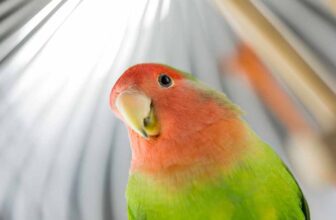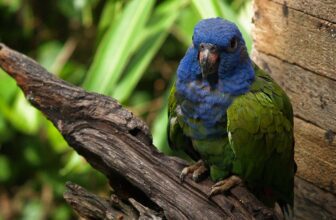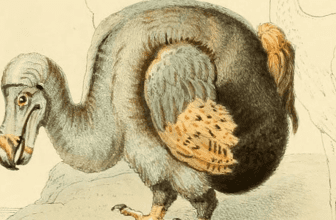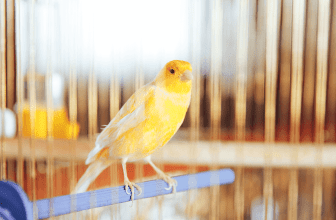One of the most captivating avian companions is the African Grey parrot, especially thanks to its ability to mimic sounds and “talk,” with many owners of the medium-sized bird reporting that their “speaking” is often in context and they seem to be quite aware of the emotions of the humans around them. These birds are not simply repeating machines, it turns out. They are highly intelligent beings earning them the nickname of being “The Einsteins” of the bird world.
Bird enthusiasts revere the talking African Grey parrot for its reputation for being one of the finest mimickers or talkers of any animal species. The most obvious sign of their admiration is that there is no mistaking this bird for another; everyone is familiar with an African Grey parrot.
This bird has been kept by humans for centuries, with records from biblical times indicating that they were housed as pets near the dawn of recorded history. Since those times it has been their intelligence, direct attitude, and stunning beauty that have had them near the top of most pet owners’ favorite pets lists.
What most bird parents know about their African Grey parrots is that while they may look like dusty grey pigeons at first, they have a bright red tail, stunning plumage pallet, and intelligent orange eyes. They love to have fun, are easy to feed, and are gentle with those living around them.
The African Grey Parrot
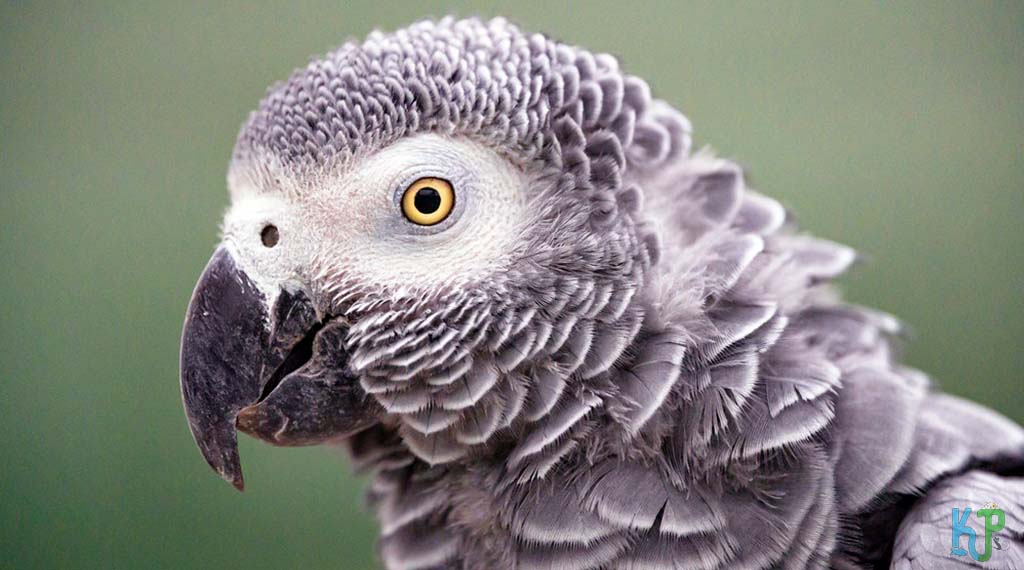
If you are curious to learn more about these fascinating creatures, let’s talk about some important things to know for anyone interested in learning more about, and possibly becoming an owner of an African Grey parrot.
The Natural Habitat Of The African Grey Parrot
There are several types of African Grey parrots. The smaller is the TAG (or Timneh African Grey, which has a very dark gray body, a tail that ranges in hues from maroon to black, and a horn-colored beak, than the CAG (Congo African Grey) which is actually more populous around a span of African regions, including Tanzania and the southeastern Ivory Coast, and Kenya.
The Timnehs are found along the western coast of the Ivory Coast regions and in parts of southern Guinea. The African Grey parrots are commonly found residing in near-forest woodlands and clearings, savannahs, and coastal mangroves all around Central and West African regions.
The Diet Of And Caring For A African Grey Parrot
African Greys are not just considered the intellectuals of the avian community because of their ability to mimic human speech so impressively well, but also because they can amass a sizable human vocabulary and have often shown an aptitude for contextualizing uses of various phrases and words that they have learned.
In order to keep their intelligence sharp, they need toys and games where they are inclined to forage. One great foraging example is Nutri-Berries by Lafeber Company, which blends a combination of seeds, grains, and various other nutrients, all shaped like berries. Not only does this drive a very healthy diet for the African Greys, but it also forces them to hold and nibble, as well as play with the Nutri-Berries. In doing so, they simulate the way that African Grey parrots forage for food in their natural habitats in the wild.
African Greys are emotional birds and their stress level can be highly affected by their environment. If there is commotion around them, the bird tends to panic, which adversely affects its health. By placing the cage the bird lives in away from the center of activity, such as a room corner, owners can put the African Grey into a more assuredly calm state.
As with most creatures, African Grey parrots need particular nutrients in their diets on a regular basis to stay in optimal form. One of the main nutrients they can develop a deficiency in is Vitamin A. In order to keep their Vitamin A levels up, African Greys must consume high beta-carotene vegetables, including fresh kale, and cooked sweet potato.
Another common deficiency African Grey parrots are susceptible to is that of Vitamin D. A balanced pelleted diet can go a long way in delivering all of the necessary vitamins, minerals, and nutrients that they need to stay healthy. If an African Grey parrot consumes pelleted diets like Nutri-Berries, they are likely not in need of any supplements added to its food.
Behavior And Personality Of An African Grey Parrot
While many people love the idea of acquiring an African Grey parrot, most experienced owners argue that these birds should only be kept by experienced bird experts due to their sensitive, complex, and sometimes demanding nature. While they are generally brilliant and charming, their wit combined with emotional sensitivity can lead to certain behavioral issues. These birds are extremely habitual, so any disruption in regular routines can throw them off, making the sensitive bird unhappy.
When discomforted, the parrot’s sensitive side kicks in, spurring bad habits including chewing on or plucking at their feathers. TAGs have been known to do better in busier environments, adjusting more aptly to surrounding activity, while CAGs prefer a less chaotic environment.
The African Grey parrot is a social animal, which means they require hands-on interaction, but they are by no means birds who like to be cuddled. While some don’t mind some level of snuggling, the extent that most tolerate in terms of physical contact tends to be some minor petting or head-scratching. Some African Grey parrots also can become attached to a particular person in the household, and it isn’t always just because one individual socializes with them more than others.
Sound And Speech Of An African Grey Parrot
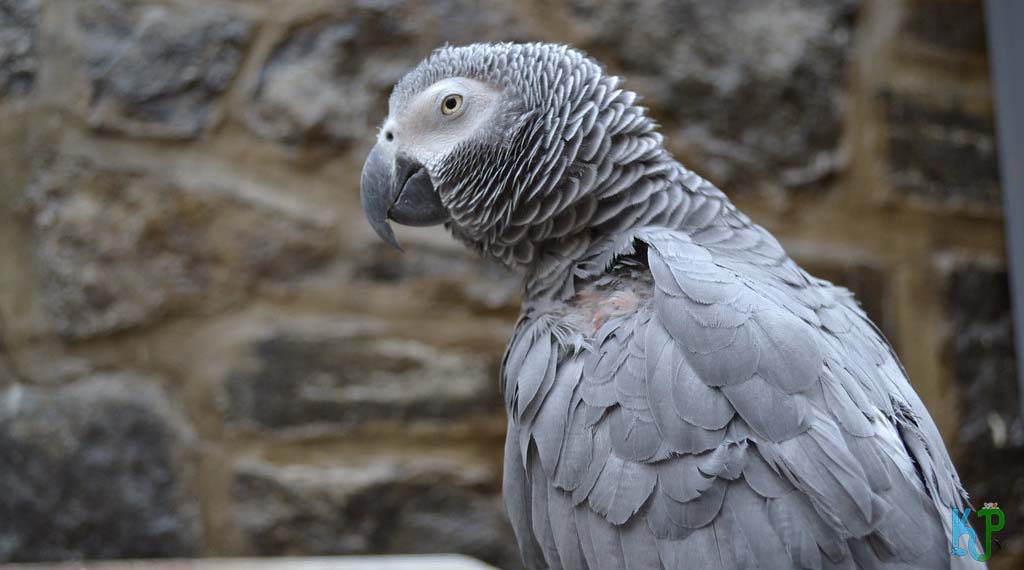
One of the biggest draws people feel towards African Grey parrots is their ability for speech. Its intelligence level allows it to learn and mimic words after hearing them just a couple of times. The bird gains the ability to “talk” at just about a year old, but the mimicking generally starts even before that.
The most fascinating thing about African Greys is that according to research repeating words is not its only ability in terms of language. It actually begins to understand what it’s saying and can use words and phrases in the correct context a lot of the time. One of the biggest highlights in the popularity of the species is the example of Dr. Irene Pepperberg and her CAG, Alex. The two worked together for nearly three decades until Alex’s traffic passing due to an artery hardening condition, arteriosclerosis.
In those three decades, Alex was trained to recognize shapes, objects, and colors. He could also count objects, and understand which concepts were in the same category, as well as which were not. Alex was even on his way to understanding far more sophisticated concepts to test his thought process, including the ability to read, he was surpassed by Griffin and Arthur, both of whom continued working with Dr. Pepperberg after Alex’s untimely passing.
But thinking that because African Greys are smart, should not lead one to assume they aren’t also noisy. They may not be as persistent or loud as their South American counterparts, but they will still learn their ambient noises, and repeat them frequently, often to the point of driving their guardians crazy. Just imagine hearing the sound of a microwave beeping at all hours of the day or a cell phone ring that won’t go away.
Acquiring An African Grey Parrot
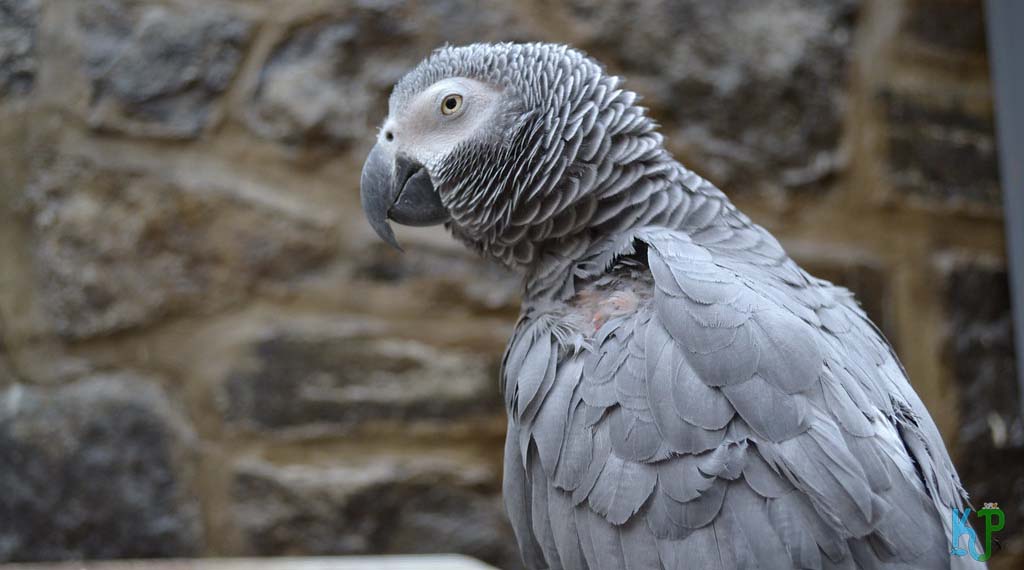
There are two particular subspecies of African Greys:
- Congo African Grey (CAG) aka Red-Tailed Grey (Psittacus Erithacus Erithacus)
- Timneh African Grey (TAG) (Psittacus Erithacus timneh)
The Congo Greys were formerly called Cameroons, based on the country they thought to have been descended from. But with some mindful research, it actually came out that these parrots were smuggled into Cameroon and had the country forged on their “export” papers. Regardless of where the birds originate from, the CAG, while larger, is still the same subspecies as the TAG.
They are also more popular, mostly thanks to their more exotic appearance with a black beak and an exotic tail. The TAG has a darker grey, borderline black body coloration, with a tail ranging from maroon to black, and a horn-colored beak.
Either the TAG or CAG makes for great bird companions for their owners. To acquire them, one should look into bird breeders or pet stores that specialize in birds. Occasionally, African Grey parrots are available for adoption from a variety of rescue organizations.
Conclusion:
African Grey Parrots are known for their intelligence and talking ability. They have a playful and curious personality and require a diet of pellets, fruits, and vegetables. Proper care includes providing a spacious cage, toys for mental stimulation, and regular interaction with their owners. If parrots are something you admire, be sure to read our next article on the Orange-Winged Amazon Parrot, where you can discover more fascinating facts about these amazing birds.
Frequently asked questions:
How much is an African grey parrot?
African grey parrots can cost anywhere from $800 to $3000, depending on the bird’s age, gender, and quality. Prices may also vary depending on the location and the breeder. Keep in mind that owning a parrot is a significant financial and time commitment, as they can live for 50 years or more.
How long do African grey parrots live?
African grey parrots can live for 40 to 60 years in captivity with proper care. Some African grey parrots have been known to live even longer than that, up to 70 years. They have a long lifespan and are considered a lifetime commitment as a pet.
Can African grey parrots have oranges?
Oranges are not toxic to African grey parrots, but they should be given in moderation as they contain high levels of citric acid, which can lead to issues such as diarrhea if consumed in large amounts. It’s recommended to offer oranges as an occasional treat rather than a regular part of a parrot’s diet. It’s important to note that a varied diet with a mix of fruits, vegetables, and a good quality pellet diet is the best for a healthy parrot.



